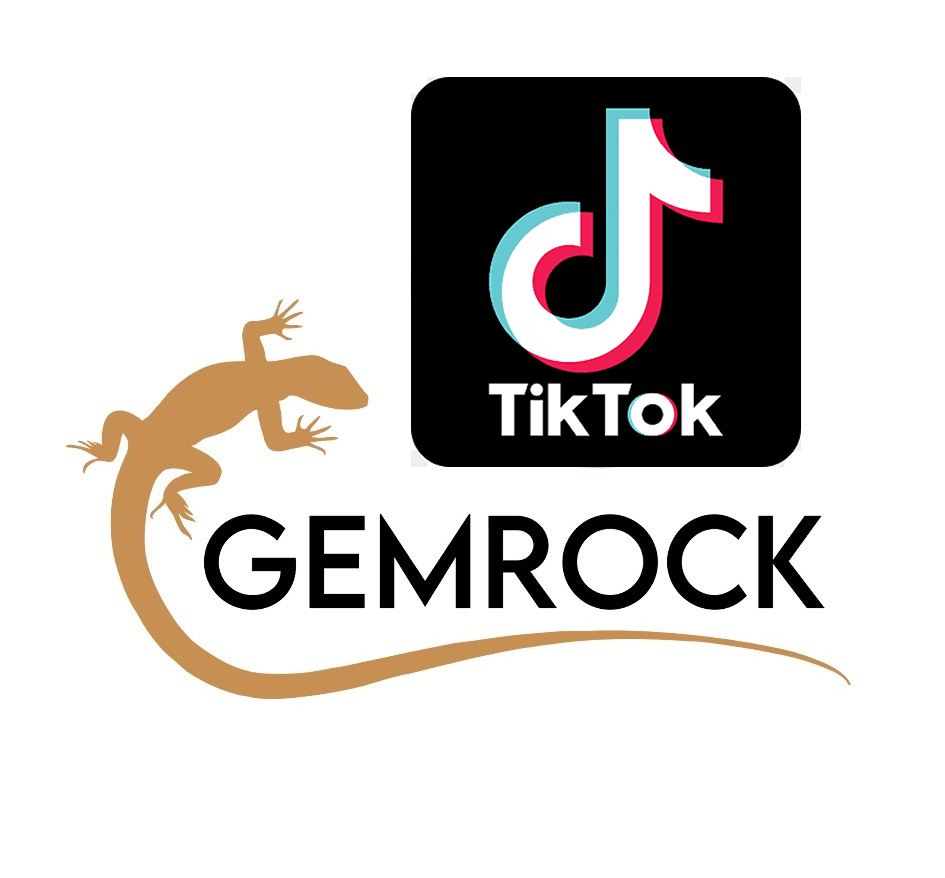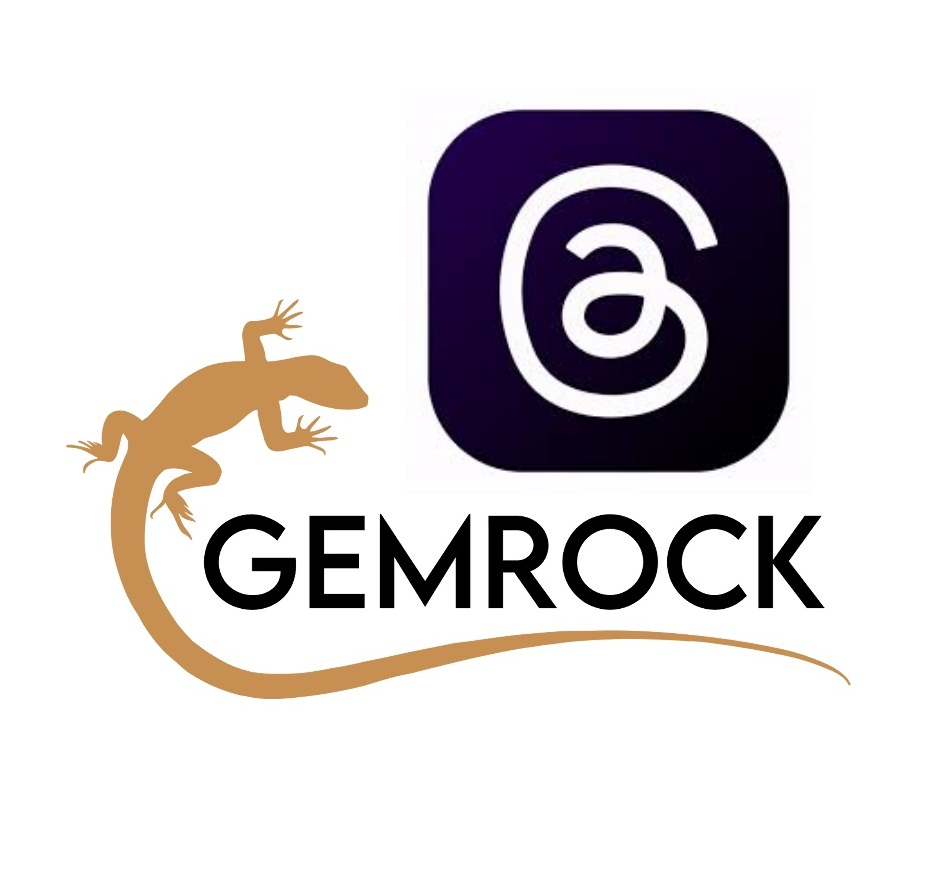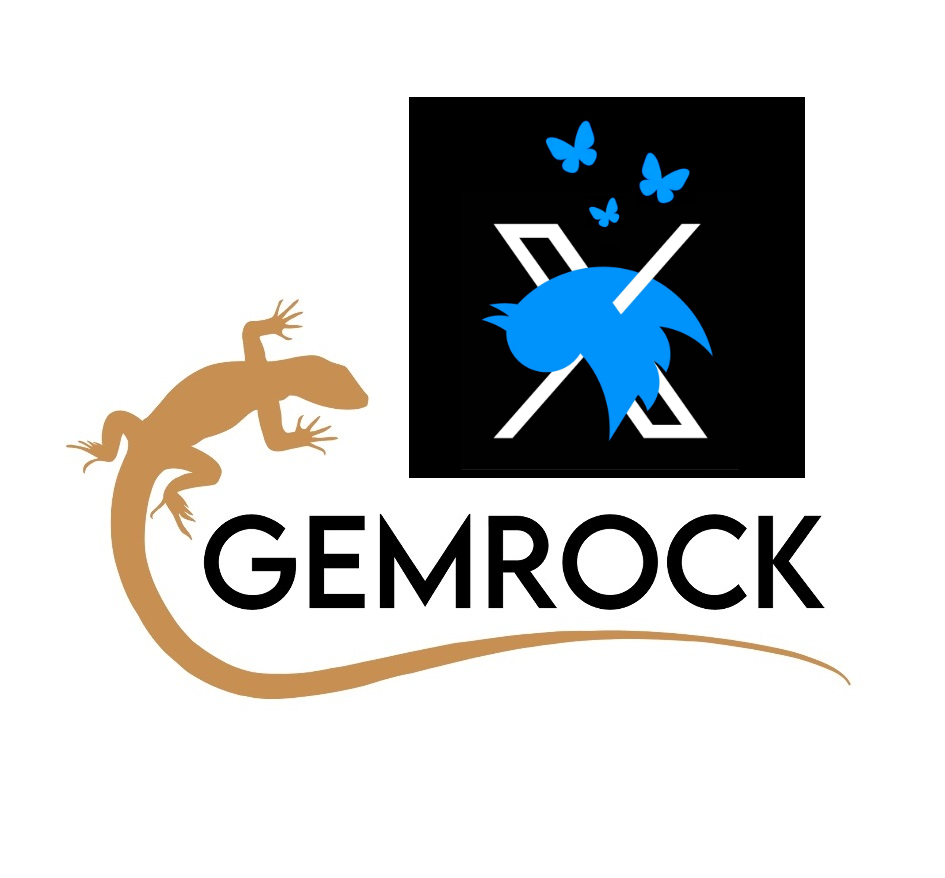Peruvian Quantum Cuatro
Gemstone Quality Standard
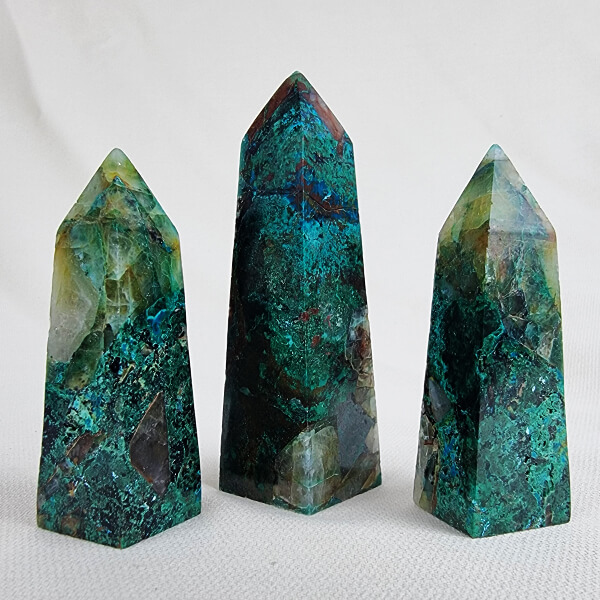
About Peruvian Quantum Cuatro
Originally Quantum Cuatro was the trade name for a mineral combination of shattuckite, dioptase, malachite, and chrysocolla on smoky quartz that was found in Namibia. Peruvian Quantum Cuatro is a very similar combination of quartz, malachite, and chrysocolla. It was originally sold as chrysocuarzo (Chrysocolla in quartz) but then Peruvian dealers switched to rebrand it as Quantum Cuatro when the nearly identical look and very similar composition became obvious. We are trying to make people aware of this difference by clearly stating that our products are made from Peruvian quantum cuatro.
Peruvian Quantum Cuatro is sourced from the Tentadora mine in Peru. It is a huge single body of quartz. Malachite and chrysocolla have infiltrated the finest hair cracks and spaces within this mass of quartz.


Rarity
Peruvian Quantum Cuatro comes from one mine in Peru, therefore being a rare and unique formation. This mine is a quarry. When visiting the quarry we do hand-select the rocks trying to select only well-colored material, which is a tiny portion of what’s in the quarry. Of this tiny portion, after cutting the big rocks into smaller pieces, only maybe 25 % would qualify to be graded as top-quality material for decor pieces. And of this material (again) only a tiny fraction would go into jewelry production (maybe 1% of what we bring home from the mine).
Availability
Given how hard it is to find top-quality jewelry-grade material we are not selling our rough rock. We offer the possibility for custom cabochon cutting, we sell our cabochons and we provide jewelry with Quantum Cuatro cabochons.


Color variations for jewelry
When cutting for big decor products we do grade our material in three quality classes according to how colorful the material is. For jewelry purposes, we do apply a different grading system:
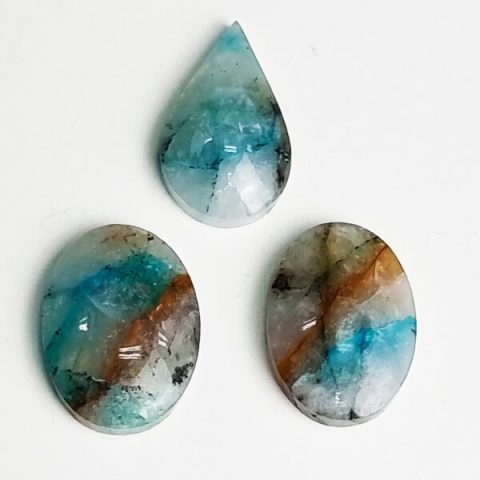
Variation 1:
The most frequent jewelry-grade variation: translucent and milky quartz with colorful blue, green, and reddish brown infiltrations in microcracks.

Variation 2
Strong blue and green colors mixed with milky and clear quartz.

Variation 3
A rare variation: A green color has infiltrated the quartz completely.
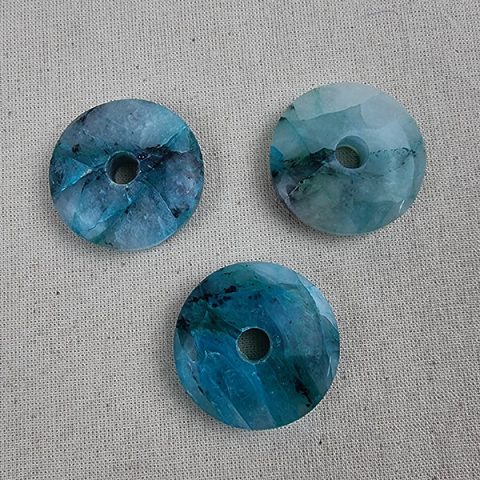
Variation 4
The rarest color: A blue color has infiltrated the quartz completely.
You can buy our finished top-quality cabochons for jewelry makers.
National and international shipping from our US-based warehouse.



Polishable
Like any quartz, Peruvian Quantum Cuatro can be polished to a glass finish.
Cutting Quality
Challenges:
Being a material full of microcracks, there is an increased risk of breakage during the process. It needs experienced cutters to reduce this risk.
Top-cutting-quality is characterized by:
- a polished backside
- a sharp unchipped edge between the backside and the bezel
- a very straight and even highly polished bezel
- a sharp unchipped edge between the bezel and the dome
- a well-shaped dome, not showing any deformation
- Top-quality polish


Pricing
Adequate pricing must take into account the cost factors to obtain top-quality cabochons:
- Acquisition of top-grade Angelite with strong color in the mine.
- Selection of material without impurities and discarding more than 80 percent of the rough rock as unsuitable for jewelry.
- A usual material loss of approximately 90 % of the selected material during the cutting and shaping process.
- The level of experience required by a cutter to produce a flawlessly shaped and highly polished cabochon from such a soft material.
You can buy our finished top-quality cabochons for jewelry makers.
National and international shipping from our US-based warehouse.
- Our Jewelry Grade (A)
- Our Top-Quality Jewelry Grade (AA)
- Our Premium Jewelry Grade (AAA)
- Market research
Jewelry-grade Material:
Variation 1: translucent and milky quartz with colorful blue, green, and reddish brown infiltrations in microcracks.
Cutting Quality:
- Straight bezel (minor irregularities possible), 3 mm high
- Perfect dome (3-5 mm high)
- Edges between bezel and dome, as well as bezel and backside: sharp and crispy, minor chips on lower edge possible
- Backside flat at 280 grit, unpolished
Pricing:
Recommended Retail Price (A): 0.69 USD per carat
Jewelry Grade Material:
Any of the four color variations shown above.
Cutting Quality:
- Straight bezel, 3 mm high
- Flat and perfect dome (3 mm high)
- Edges between bezel and dome, as well as bezel and backside: sharp and crispy, minor chips on lower edge possible but very rare.
- Backside flat, at 280 grit
Additional Quality (AA+): Backside polished to 3000 grit
Pricing:
Recommended Retail Price (AA):
Variation 1: = 0.99 USD per carat
Variation 2: = 1.4 USD per carat
Variation 3: = 1.8 USD per carat
Variation 4: = 1.4 USD per carat
For AA+ quality add 10 cents per carat on the above prices.
Jewelry Grade Material:
Any of the four color variations shown above.
Cutting Quality:
- Only cut by our best master cutters
- Straight bezel, 3 mm high
- Flat and perfect dome (1-3 mm high)
- The edges between the bezel and dome, as well as the bezel and backside, are sharp and crispy, with no chips on the lower edge.
Additional Quality (AAA+): Backside polished to 3000 grit
Recommended Retail Price (AAA):
Variation 1: = 1.29 USD per carat
Variation 2: = 1.8 USD per carat
Variation 3: = 2.0 USD per carat
Variation 4: = 1.8 USD per carat
For AAA+ quality add 10 cents per carat on top of the prices above.
To the best of our knowldege, we are the only ones offering cabochons from this material.
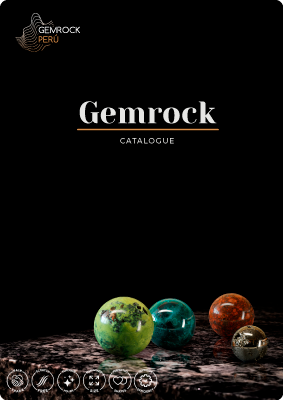

For Charms & Pendants
Ethical Silver Accessories
for Jewelry Makers
Hundreds of charms, pendants & chains
in
950 Silver, Sterling Silver, tarnish-resistant Moonlight Sterling Silver, gold-plated silver and gold.
Guaranteed Free of toxic alloys.
How to avoid fake & toxic silver:

For Chains
Shop your crystals & jewelry NOW
NATURA MINERA
Achetez vos cristaux Gemrock, produits en cristal et bijoux à Québec
GEMROCK CANADA
Online retail shop of ethical, top-quality crystal specimens, jewelry, and jewelry-maker accessories like cabochons, silver chains, silver wire, and charms. Exports to USA.
Gemrock Peru - Tienda
Venta de cristales naturales, piedras talladas y joyería de Gemrock en Peru a nivel nacional.
Cutting services
Do you need reliable high-quality cutting services for a reasonable price? Are you looking for a service provider that is willing to develop new products according to your requirements? Would you like to get expert advice in order to improve your product? Do you wish for someone to optimize the process and get the most out of your rough? Just talk to us.
Free Gemrock Learning Resources
Free Gemrock Learning Resources
Connect wherever you want and can
Connect wherever you want and can
Get in Touch
+51 994104206
gemrockinternational@gmail.com







